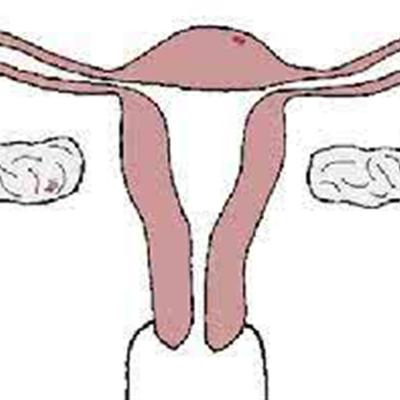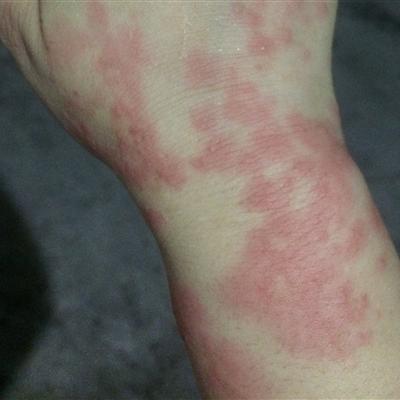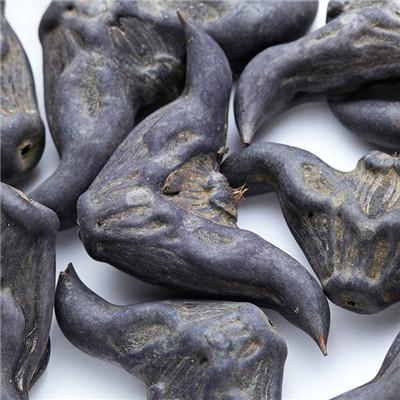Symptoms of rheumatism
summary
Rheumatism refers to diseases that mainly invade joints, muscles, bones and soft tissues around joints, such as tendons, ligaments, bursa, fascia and other parts. Is a common orthopedic disease, it threatens the health of patients.
Symptoms of rheumatism
Pain is the main symptom of rheumatism, which can be manifested as local pain, general pain, joint pain and muscle pain. The pain can be acute onset, or slow onset, the degree of pain can be very severe, some very mild, or only manifested as discomfort, acid swelling or numbness.

Fever is a common symptom of rheumatism, which can be low fever, moderate fever, or high fever. It is often manifested as irregular fever, rapid ESR, but generally without shivering. Antibiotic treatment is ineffective, and hormone treatment is effective.

Skin and mucous membrane manifestations include systemic lupus erythematosus, polymyositis / dermatomyositis, Behcet's disease, panniculitis, Sjogren's syndrome, facial or systemic skin rash, solar allergy, skin on sun exposed area, red itching, rash, dry mouth, dry eye, oral ulcer, vulvar ulcer, ocular uveitis, skin nodule, skin ulcer, etc.

matters needing attention
Raynaud's phenomenon refers to the phenomenon that the fingers turn white when they are cold or emotional, and then turn purple, red or accompanied by numbness and pain of the fingers. In severe cases, there may be skin ulceration at the end of the fingers, which can be seen in scleroderma, rheumatoid arthritis, mixed connective tissue disease and systemic lupus erythematosus.













